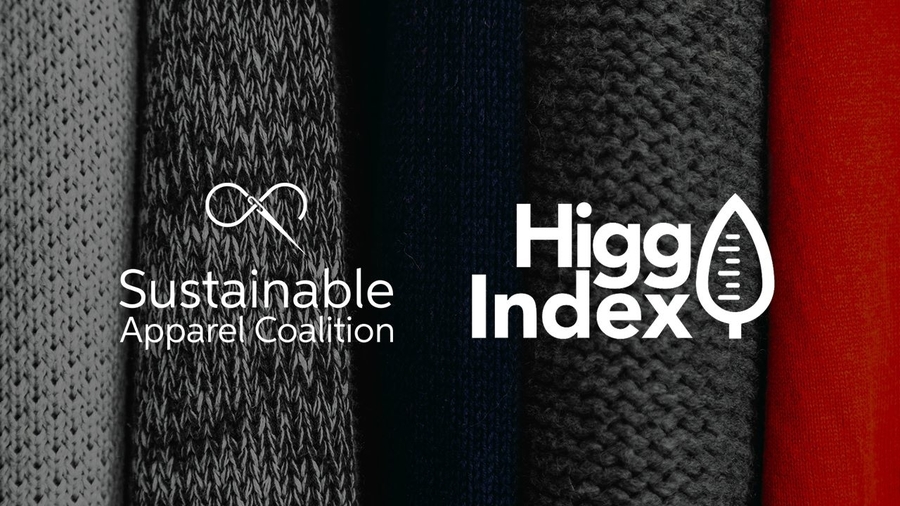Sustainable Apparel Coalition (SAC) released early registration of the Higg Facility Environmental Module (Higg FEM), a self-assessment tool that globally standardizes sustainability measurement for apparel, footwear and textile manufacturing facilities. The Higg FEM, optimized for use at an industrial scale, enables factories of any size, anywhere in the world, to assess sustainability performance and share results with supply chain partners.
“At the Sustainable Apparel Coalition, we value partnership and collaboration, and depend on these values to move the industry forward. The improved Higg Facility Environmental Module breaks down silos created by the lack of transparency in our industry,” SAC CEO Jason Kibbey said. “With the Higg FEM, supply chain partners can better see one another’s performance and make valuable sustainability improvements in factories around the world.”
Developed by the SAC, Higg FEM helps businesses at every tier in the value chain collectively perform better by decreasing the negative environmental impact of manufacturing while saving money and improving their performance and relationships with supply chain partners. Currently used by more than 8,000 businesses globally, the updated version helps further reduce audit fatigue and improve performance benchmarking by measuring water use, waste, emissions, and assessing chemicals management with increased analytics. The tool allows business partners to collaborate more successfully to drive performance improvement across the value chain.
“With the Higg Index, brands and manufacturers know the standards and the expectations, allowing us to have discussions across the value chain. It’s about having a conversation and being able to solve our problems together,” explained Eranthi Premaratne, director of sustainable business for KREEDA, a part of MAS Holdings, a founding member of the SAC. “Manufacturers should be able to have an honest discussion with the brands. Unless open honest conversations are had, we cannot solve the challenges.”
“At Target, we aspire to use more sustainable resources, help make life better for workers and their families, and protect the environment. Six years ago, we adopted the Higg Facility Environmental Module protocol, enabling Target to take a more unified approach to measuring our environmental performance,” said Ivanka Mamic, senior director of responsible sourcing, Target. “The Higg FEM provides tremendous value by creating an industry standard and identifying opportunities where suppliers can operate more efficiently, meaning companies like Target can focus on reducing impact in the communities where we operate.”
The SAC collaborated with the Outdoor Industry Association and the Zero Discharge of Hazardous Chemicals Program to develop the tool’s new chemicals management section. The updated tool additionally tailors questions based on a business’ individual needs. Cut and sew factories, for example, will not need to answer questions about wet processes that do not apply to them. To ensure score accuracy and enable transparency, third-party verifiers approved by the SAC will confirm the data submitted by each facility.
“The theory of change of the SAC is straightforward and profound: putting standardized sustainability measurements that are both deep and profound in the hands of key decision-makers in the apparel and footwear value chain will incentivize them to make better decisions that collectively reduce the environmental impact and increase the social justice of the entire industry,” Rick Ridgeway, VP of public engagement at Patagonia, said. “With Higg FEM, the Coalition has taken the biggest step yet towards proving that theory, and showing the world how the industry that started the industrial revolution is leading the world into the sustainability revolution.”
The SAC believes global use of Higg FEM can transform the apparel industry into a responsible and sustainable one. Through a campaign called Link by Link, the SAC is calling upon its 200-plus members to deploy the tool globally at industrial scale, targeting 20,000 facilities and 400 brands to be online with the new version of Higg FEM by the end of 2018.
“Manufacturers who use the Higg Index improve their energy, water, chemical, and waste performance,” Kibbey said. “The industry can scale impact improvement by scaling the Higg Index.”
Manufacturers who previously used the Higg Index can register early to use Higg FEM at Higg.org; public registration opens December 4. Brands can leverage the entire Higg suite of tools, including the updated Higg FEM through the small medium enterprise (SME) access model in December.
Photo courtesy Sustainable Apparel Coalition
















